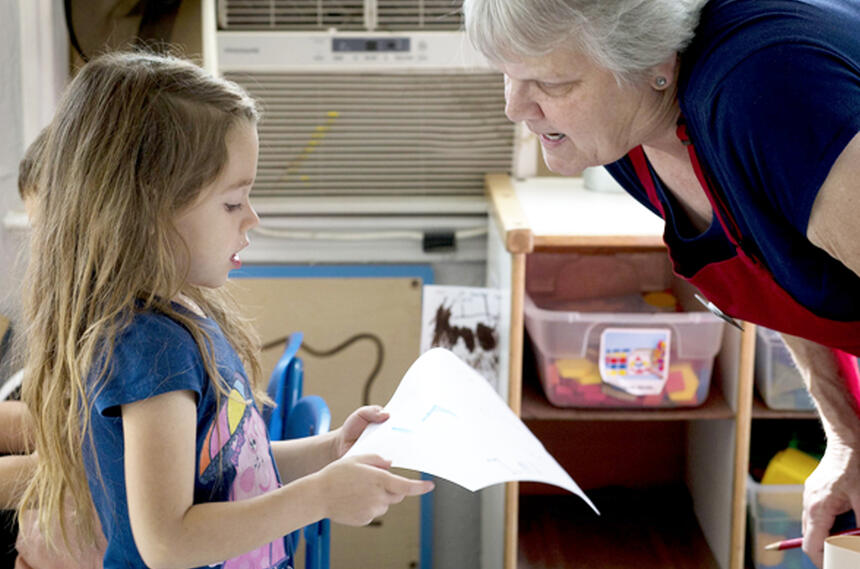
Arizona's frayed child care safety net leaves parents with tough choices
Published on
The Arizona Republic reported that with nearly 400 kids on a waitlist, the state sits on $56 million in federal aid.
The no-strings-attached aid from the federal government for Arizona goes untapped because lawmakers last spring declined to authorize its use.
In the upside-down state of Arizona's child care system, families struggling to hold a job and keep kids safe can wait months for assistance. But if that family's children get sent to foster care because they were left home alone, the state must by law provide child care assistance to the foster parents.
As the state works to reduce the number of children in the custody of the Department of Child Safety, affordable child care is key to keeping children safe and families intact, child-welfare advocates say.
Yet state lawmakers have been reluctant to spend general-fund dollars on child care; for years, they have relied on federal grants and an agreement with an early-childhood organization that allows the state to draw down an additional $37 million in federal funds annually. The only general-fund investment is $7 million to pay for child care for kids in DCS custody.
The state's lower-than-market-rate payments and the failure to use the millions of additional federal dollars have frustrated child-care providers caught between inflation and an escalating minimum wage. These lapses have also fueled a wait list that numbered 1,042 children as of late December; and discouraged eligible parents, who figure they'll never get off the waitlist and, even if they do, worry they won't be able to afford the co-pays that come with the state subsidy.
Child-care aid is one of those "pay-me-now-or-pay-me-later" situations, advocates argue. They note that during last decade's recession, when the child-care budget was slashed, the number of kids taken into DCS custody exploded. State figures show an 82 percent increase over a seven-year period.
While the lack of affordable child care alone can't explain the rapid increase, a study found leaving kids unsupervised or with an inappropriate caregiver was a major reason Arizona children were removed from their homes due to neglect. Morrison Institute for Public Policy at Arizona State University analyzed DCS case files and concluded, "supervisory neglect" accounted for more than a quarter of the removals. The study was based on an analysis of 800 files from 2013-2015.
Parents who qualify get a subsidy paid to their child-care provider, based on the age of the child. Those rates have not budged since 2000, leading critics to complain that Arizona has the lowest rate in the nation.
Arizona pays providers serving lower-income families a fraction of the market rate. For a 4-year-old pre-schooler, for example, the rate is 7 percent of the market rate, DES stated in the plan it submitted to the U.S. Department of Health and Human Services in August. For a school-aged child (6 and up), it's 26 percent.
In Maricopa County, where child care costs can range from $200 to $240 a week for an infant, the state subsidy is $151 a week. DES charges parents a modest co-pay capped at $25 week. That means the difference has to be made up by the provider, who either adds on his own co-pay or absorbs the cost.
But without a hike in the DES rate, the centers struggle to keep up with escalating costs. That includes the state minimum wage, which rises to $11 an hour this month.
Since submitting its federal application in late August, DES has released its state budget request for next year, seeking legislative OK to spend the extra $56 million. Half of that money would be used to raise the state's rate to 2010 standards; the other half would expand by 5,000 the number of children served.
Advocates are asking lawmakers to approve the extra spending soon after they convene in mid-January. It's unclear how that proposal will fare in a Legislature where nearly 25 percent of the members are new.
Gov. Doug Ducey has insisted since late spring that the state will spend the federal money, although he hasn't specified when that should happen. He will release his budget proposal Jan. 14.
Child-care operators are hopeful lawmakers will act.
READ: This money could keep kids out of foster care. Why hasn't the state used it?